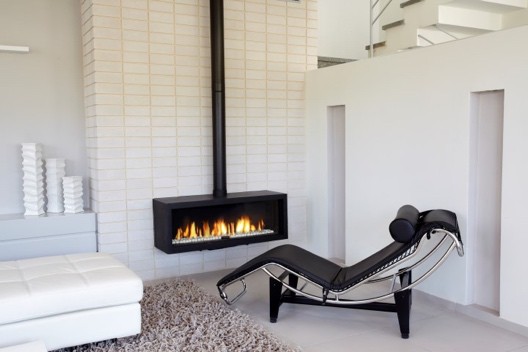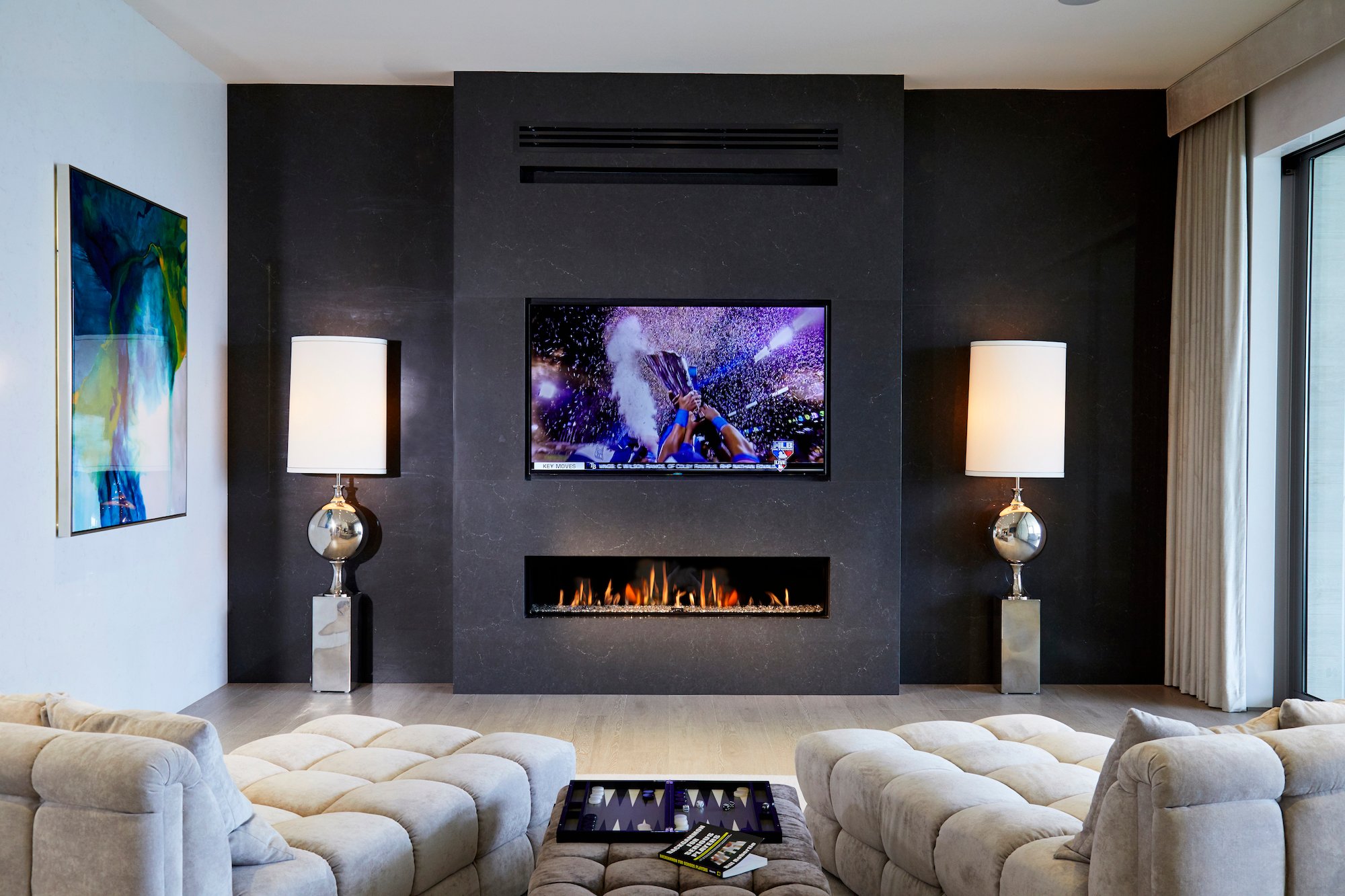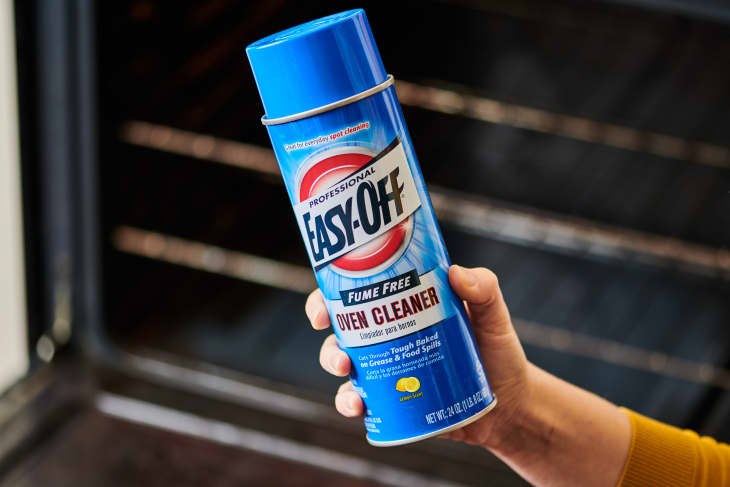Yes, a fireplace can actually heat a room effectively by radiating warmth through its flames and heat sources. It can create a cozy and inviting atmosphere while providing supplementary heat to the space.
Fireplaces offer both functional and aesthetic benefits, making them a popular feature in many homes. However, it is important to consider factors such as the type of fireplace, fuel source, and insulation in the room to maximize its heating efficiency.
Understanding how to properly operate and maintain a fireplace can help ensure it effectively warms up the room while adding a touch of charm to your living space.


Credit: fullservicechimney.com
How Efficient Are Fireplaces?
Fireplaces can be cozy, but do they actually heat a room effectively? Let’s explore the efficiency of fireplaces and how they contribute to heating a space.
Factors Affecting Efficiency
Factors like fuel type, ventilation, and insulation influence how well a fireplace can heat a room.
Types Of Fireplaces
There are various types of fireplaces including:
- Wood-burning fireplaces
- Gas fireplaces
- Electric fireplaces
- Ethanol fireplaces
Do Fireplaces Really Heat A Room?
Fireplaces have long been a cozy addition to homes, but do they truly warm up a room effectively?
Radiant Heat Vs. Convection Heat
Radiant heat from a fireplace directly warms objects in its line of sight, unlike convection heat that circulates warmth throughout the room.
Room Size And Insulation
Consider your room size and insulation quality as they impact how efficiently a fireplace heats up your space.
Environmental Impact Of Fireplaces
Fireplaces can indeed heat a room, although their environmental impact should be carefully considered. Traditional wood-burning fireplaces produce emissions that can contribute to air pollution and climate change. However, modern fireplace designs, such as electric or gas-powered options, offer more energy-efficient and eco-friendly heating solutions for a cozy home ambiance.
Emissions And Air Quality
Traditional wood-burning fireplaces release various pollutants into the air, including particulate matter, carbon monoxide, and volatile organic compounds. These emissions pose health risks and can impact air quality, especially in urban areas with high fireplace usage.
Sustainable Fuel Options
Considering the environmental impact of fireplaces, utilizing sustainable fuel options can mitigate their negative effects. Wood pellets and logs from sustainably managed forests serve as excellent alternatives to traditional firewood, reducing deforestation and carbon footprint.

Credit: www.ortalheat.com
Maintenance And Safety Considerations
Exploring maintenance and safety considerations when using a fireplace for heating. Understanding if a fireplace can effectively heat a room, while prioritizing safety and maintenance practices for optimal performance. Regular upkeep and following safety guidelines are crucial for efficient heating and a cozy ambiance in your living space.
Chimney Cleaning And Inspections
Before you start using your fireplace as a heating source, it’s crucial to prioritize regular chimney cleaning and inspections. Over time, soot, creosote, and debris can accumulate inside the chimney, obstructing the airflow and increasing the risk of fire. Hiring a professional chimney sweep at least once a year ensures that your fireplace operates efficiently and reduces the chance of any major safety hazards. Regular inspections also ensure that any potential issues, such as cracks or structural damage, can be identified and addressed promptly.
Safe Operation Practices
While fireplaces can provide cozy warmth, it’s essential to adhere to safe operation practices to prevent accidents and maintain a secure environment. Follow these guidelines to ensure the safe use of your fireplace:
- Never leave a fire unattended and always make sure it is fully extinguished before leaving the room.
- Keep flammable materials, such as paper, fabrics, and furniture, at a safe distance from the fireplace.
- Always use a sturdy fireplace screen or glass doors to prevent sparks and embers from escaping.
- Use only appropriate fuel, such as seasoned firewood or manufactured logs, and avoid burning trash, cardboard, or treated wood.
- Regularly check and test your smoke detectors and carbon monoxide alarms to ensure they are in working order.
- Keep the area around the fireplace free from clutter and ensure proper ventilation.
- If you have children or pets, consider implementing safety gates to keep them away from the fireplace.
Maximizing Fireplace Heat Efficiency
When it comes to heating a room, a fireplace can be a cozy and charming option. However, many people wonder if a fireplace is actually an efficient way to heat a room. The truth is, traditional fireplaces are not the most efficient at distributing heat throughout the room. Without taking certain steps to maximize heat circulation, most of the warmth will simply escape through the chimney.
Strategies For Heat Circulation
To ensure that your fireplace is effectively heating your room, here are some strategies for maximizing heat circulation:
- Install a Fireplace Insert: A fireplace insert is a great investment for improving heat efficiency. These inserts fit into the existing fireplace opening and help to trap and circulate the heat more effectively. They also provide a barrier between the room and the chimney, preventing warm air from escaping.
- Use a Fireplace Blower: A fireplace blower, also known as a fan or circulator, can significantly improve heat circulation. These devices are designed to push the warm air produced by the fire into the room, increasing the overall warmth and comfort.
- Open the Door: If you have a closed fireplace, opening the door can help to circulate heat more efficiently. As the warm air rises, it will be able to flow into the room instead of getting trapped inside the fireplace. However, make sure to monitor the fire and ensure that it is safe to keep the door open.
- Position Furniture Strategically: Rearranging your furniture can also help with heat circulation. Place seating areas closer to the fireplace to maximize the warmth and create a cozy atmosphere. Just be cautious of placing furniture too close to the heat source to avoid any safety hazards.
Supplementing With Alternative Heating
While a fireplace can provide a pleasant amount of heat, it may not be sufficient to warm larger rooms or entire houses. In such cases, supplementing the fireplace with alternative heating sources is a wise choice. Here are some options to consider:
- Space Heaters: Electric space heaters are a popular choice for supplementing fireplace heat. They can be easily moved and provide focused warmth to specific areas of the room.
- Wood or Pellet Stoves: Wood-burning or pellet stoves are excellent alternatives for whole-room heating. These stoves are designed to efficiently burn wood or pellets, producing a steady and consistent heat.
- Central Heating Systems: If you desire a more reliable and convenient option, considering a central heating system is ideal. These systems can provide consistent heat throughout your entire home.
In conclusion, while a fireplace does produce heat, it requires specific strategies to maximize heat efficiency and effectively warm the room. By implementing these strategies and considering alternative heating options where necessary, you can enjoy the warmth and coziness of a fireplace while also ensuring optimal comfort in your space.

Credit: www.apartmenttherapy.com
Frequently Asked Questions Of Does A Fireplace Actually Heat A Room
Does A Fireplace Actually Heat A Room?
Yes, a fireplace can heat a room by providing warmth through the burning of wood or other fuel sources.
Conclusion
Fireplaces can provide some heat, but they aren’t the most efficient. They add ambiance and warmth, yet modern heating systems are more effective. It’s important to consider fireplace maintenance and energy costs when using one. Ultimately, a fireplace can contribute to a cozy atmosphere, but it’s not a primary heat source.